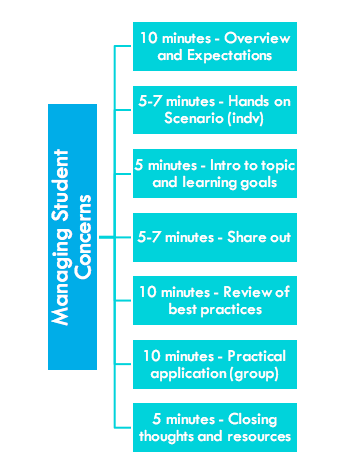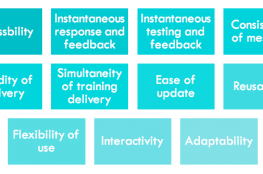I’m going to tell you a not-so-secret. Training adults is a game of social circles and politics. At one of my employers, training required a lot of buy in from different groups and participants generally wanted to fell like they were actively contributing to the event, rather than be on the receiving end of a final product. The dynamic can be challenging – how can you have a training if the people being trained believe that they know all there is to know?
There are a couple of things at play here. In today’s business environment, it’s all about your title and your tenure. If you’re not in a management position, it can be hard to get people to follow your lead. I’ll save my leadership lessons for later but for the purpose of this post, we’ll focus on the idea of collaborating with participants to deliver a successful training.
Chapter 8 of Stolovich and Keeps’s Telling Ain’t Training presents 25 scenarios you can use to add practical application to your trainings. I was planning an upcoming workshop around managing student concerns on campus and was excited to try some of them out. I flipped through each of them, eager to try something new. As I skimmed the exercises, I realized that none of them would work for me.
Why?
Because our team, dispersed across 15 cities and 3 continents, knows what they’re doing and they don’t want someone trying to get them to learn something by rote. What this book presents is, in it’s truest form, training. Reading through the scenario, I realized that what I wanted was a workshop. I wanted an event that had true learner participation and had a tangible end result.
 I ended up with the a format that was predominantly learner led with me giving confirming and/or corrective feedback and taking notes when someone brought up a suggestion that aligned with best practices. In addition to having participants share out and complete two practical application exercises, I also asked them to ‘help’ me come up with a guide that others can use to apply the standards set during this workshop to any situation.
I ended up with the a format that was predominantly learner led with me giving confirming and/or corrective feedback and taking notes when someone brought up a suggestion that aligned with best practices. In addition to having participants share out and complete two practical application exercises, I also asked them to ‘help’ me come up with a guide that others can use to apply the standards set during this workshop to any situation.
Participant feedback was overwhelmingly positive and I felt confident that they would be able to immediately implement their learning in their day to day responsibilities. Further more, the deck is available for reference and a recorded version will be made so that remote campuses will be able to provide the workshop asynchronously.



